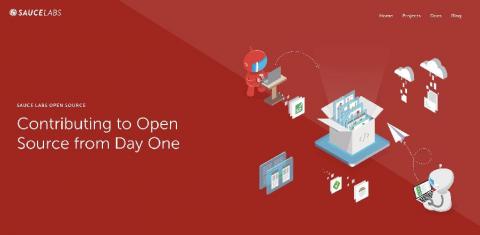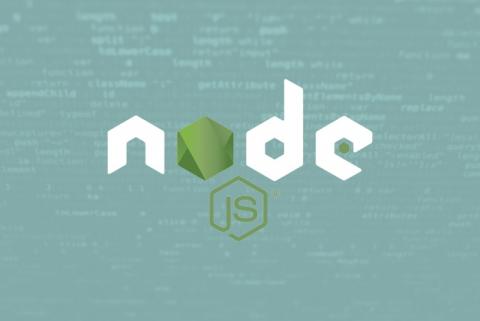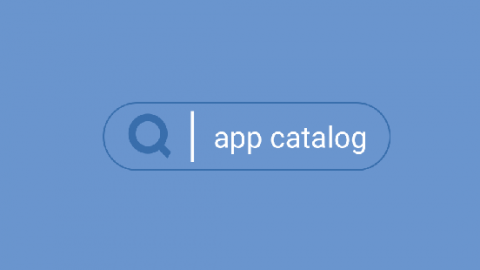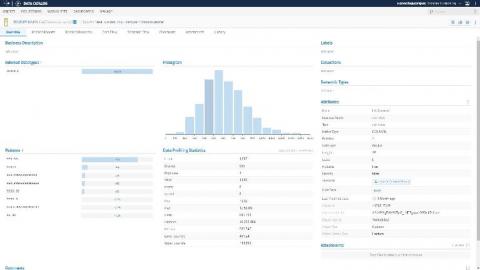Introducing The Open Source Program Office
Recently, we created the Sauce Labs Open Program Office to focus our attention internally on how we support and contribute to the open source community. Last week, we proudly launched a new web site with comprehensive information about the office, including best practices, contribution guidelines for the Sauce team, and a new blog where Diego Molina and Christian Bromann will write regularly about all things open source. This article is cross-posted from the new blog.










